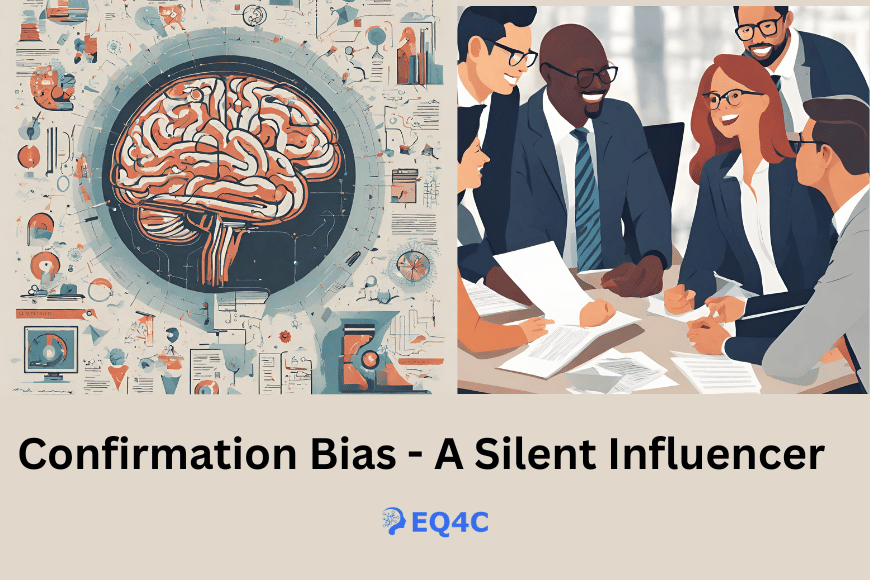5 Theories of Emotion

There are several different theories of emotion that have been proposed by psychologists and philosophers.
Some of the more well-known theories include:
James-Lange theory of emotion
The James-Lange theory of emotion is a psychological theory that explains the experience of emotion as the result of the body’s physiological reactions to stimuli.
The theory was proposed by William James and Carl Lange in the late 19th century and was one of the first modern theories of emotion.
According to the James-Lange theory, when an individual is confronted with a stimulus, the body responds with a set of physiological reactions, such as increased heart rate or sweaty palms.
These physiological reactions are then interpreted by the brain as a specific emotion, such as fear or happiness.
For example, if an individual sees a bear in the woods, the sight of the bear might trigger an increase in heart rate and a feeling of fear.
The James-Lange theory has been influential in the field of psychology, but it has also been challenged by other theories of emotion, such as the Cannon-Bard theory and the Schachter-Singer theory.
Some researchers have argued that the order of events proposed by the James-Lange theory does not accurately reflect the way that emotions are experienced, and that other factors, such as cognitive interpretations of stimuli and social context, play a larger role in the experience of emotion.
Cannon-Bard theory of emotion
The Cannon-Bard theory of emotion, also known as the Thalamic theory of emotion, is a psychological theory that explains the experience of emotion as the result of the body’s physiological reactions to stimuli.
The theory was proposed by Walter Cannon and Philip Bard in the 1920s as an alternative to the James-Lange theory, which held that emotions are the result of bodily changes that are experienced as a result of stimuli.
According to the Cannon-Bard theory, emotional experiences occur simultaneously with physiological arousal, rather than as a result of physiological arousal.
According to this theory, the thalamus, a part of the brain that receives sensory information and transmits it to the cerebral cortex, plays a key role in the experience of emotion.
When an individual is confronted with a stimulus, the thalamus sends signals to the cerebral cortex, which interprets the stimulus and generates an emotional response.
The body’s physiological reactions to the stimulus, such as increased heart rate or sweaty palms, occur simultaneously with the emotional response.
Schachter-Singer theory of emotion
The Schachter-Singer theory of emotion, also known as the Two-Factor theory of emotion, is a psychological theory that explains the experience of emotion as the result of the interaction between physiological arousal and cognitive interpretation.
The theory was proposed by Stanley Schachter and Jerome Singer in the 1960s as an alternative to the James-Lange theory and the Cannon-Bard theory, which held that emotions are either the result of physiological arousal or the simultaneous experience of arousal and emotion.
According to the Schachter-Singer theory, when an individual is confronted with a stimulus, the body responds with a set of physiological reactions, such as increased heart rate or sweaty palms.
These physiological reactions are then interpreted by the individual based on the situation and the individual’s cognitive and emotional state.
For example, if an individual sees a bear in the woods and experiences an increase in heart rate, they might interpret this arousal as fear if they are in a potentially dangerous situation, but they might interpret it as excitement if they are in a safe, controlled environment, such as a zoo.
Facial feedback hypothesis
The facial feedback hypothesis is a psychological theory that suggests that facial expressions can influence emotional experience.
The theory proposes that when an individual makes a facial expression, such as a smile or a scowl, the muscles in the face send signals to the brain that can affect the individual’s emotional state.
According to the theory, the act of making a facial expression can stimulate the brain regions associated with the corresponding emotion, resulting in the experience of that emotion.
The facial feedback hypothesis was first proposed by Charles Darwin in the 19th century and has been supported by a number of research studies.
For example, studies have shown that people who are asked to hold a pen in their teeth, which forces them to smile, report feeling happier than people who are asked to hold a pen in their lips, which does not produce a smile.
Other studies have found that people who are asked to make a angry face report feeling angrier than people who are asked to make a neutral face.
The appraisal theory of emotion
The appraisal theory of emotion is a psychological theory that explains the experience of emotion as the result of the individual’s cognitive evaluation of a situation.
According to the theory, when an individual is confronted with a stimulus, they cognitively appraise the situation, taking into account factors such as the individual’s goals, values, and beliefs, as well as the context in which the stimulus occurs.
This cognitive appraisal leads to the experience of an emotion, which is a response to the situation.
The appraisal theory of emotion was developed by a number of researchers, including Magda Arnold, Richard Lazarus, and Nico Frijda.
The theory has been influential in the field of psychology and has helped to shape our understanding of the role of cognition in the experience of emotion.
According to the appraisal theory, there are two types of appraisal: primary appraisal and secondary appraisal. Primary appraisal refers to the individual’s evaluation of the significance of the stimulus, and whether it is relevant to their goals, values, and beliefs. Secondary appraisal refers to the individual’s evaluation of their own resources and capabilities for coping with the stimulus, and whether they have the skills, knowledge, and resources to effectively deal with the situation.
Conclusion
It is difficult to draw a conclusion that applies to all of these theories, as they each have different proposals about the nature of emotions and how they are experienced.
However, one possible conclusion that can be drawn from these theories is that emotions are complex phenomena that involve both physiological arousal and cognitive processes. Some theories, such as the James-Lange and Cannon-Bard theories, emphasize the role of physiological arousal in emotion, while others, such as the cognitive appraisal theory, focus more on the role of cognitive processes.
Overall, it seems that the experience of emotion involves the interaction of both physiological arousal and cognitive interpretation.


